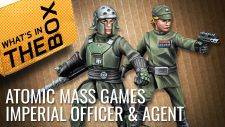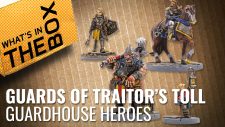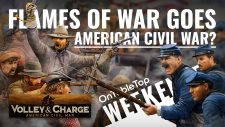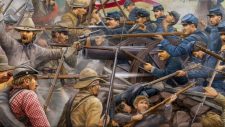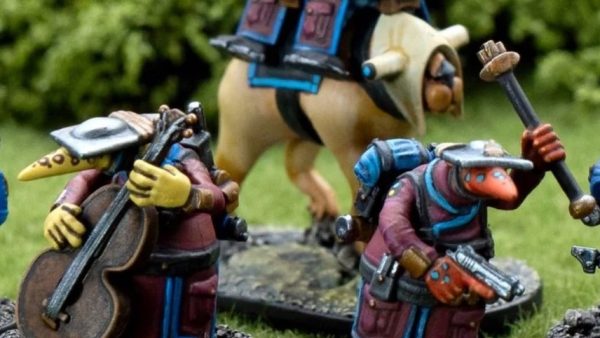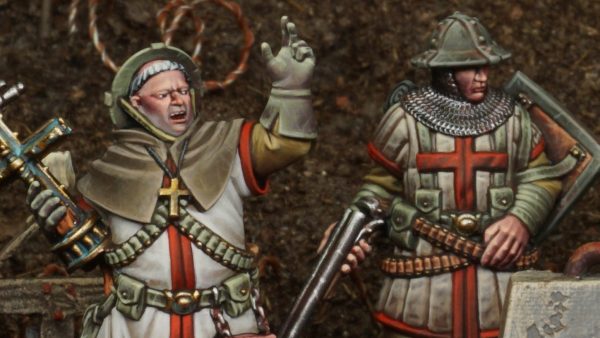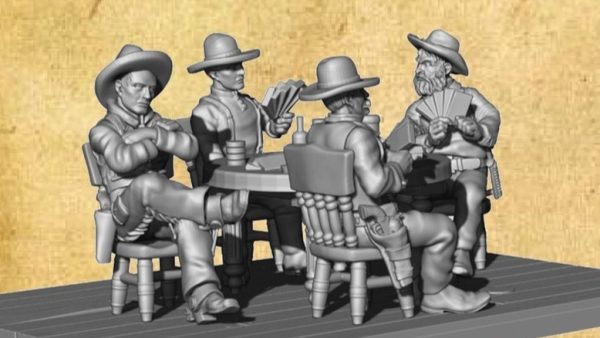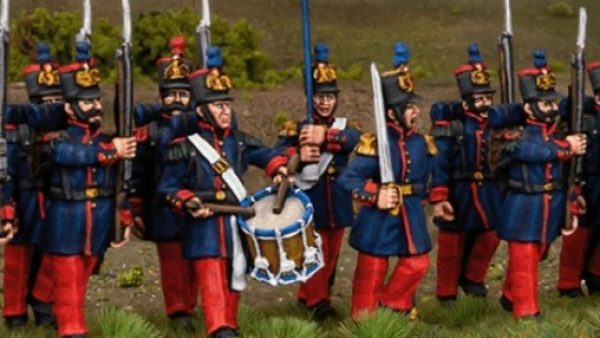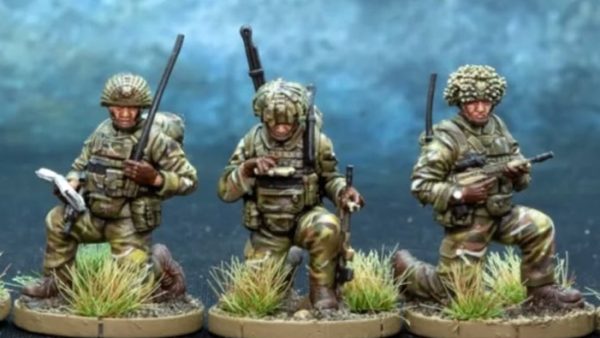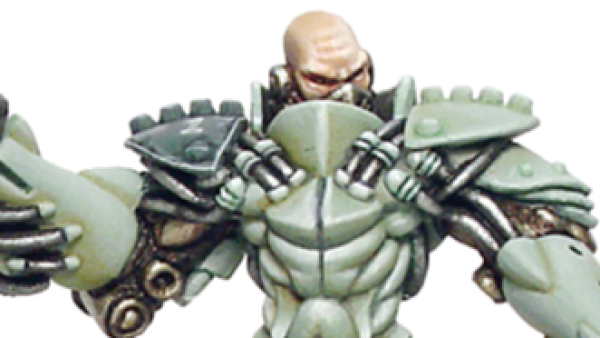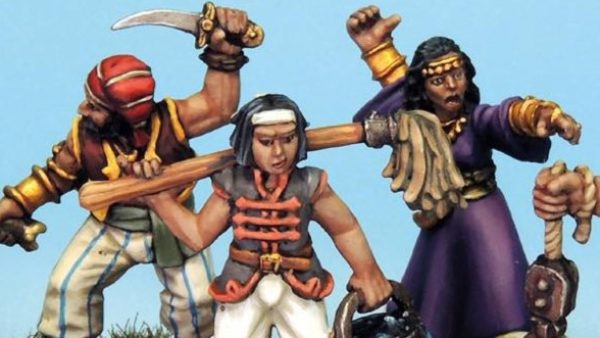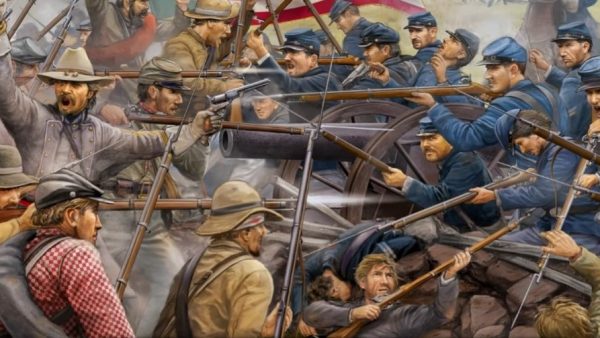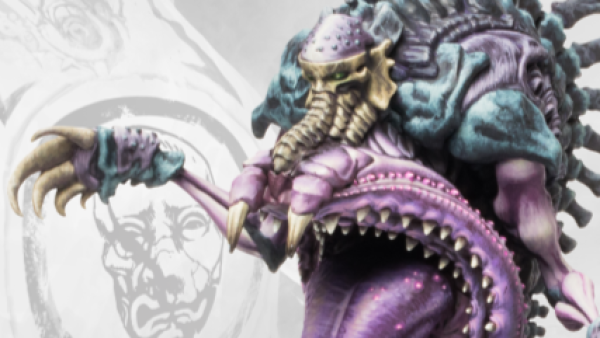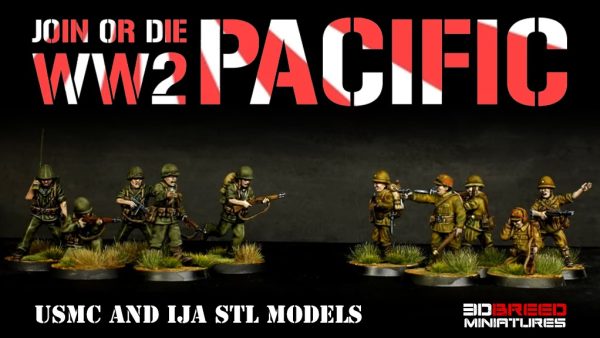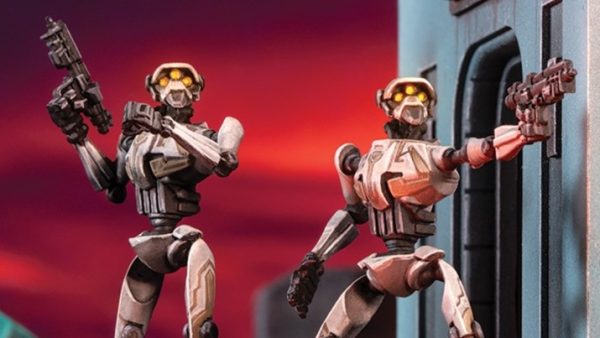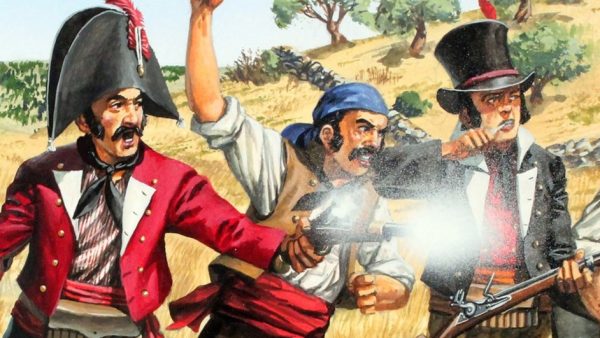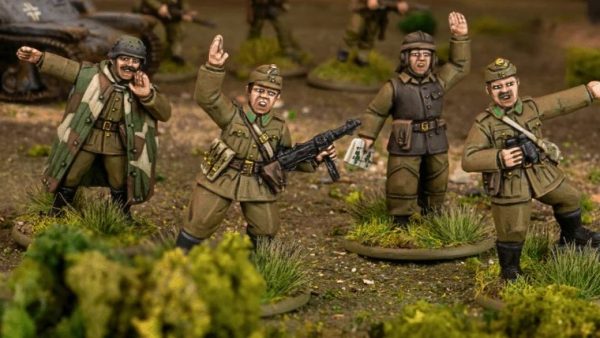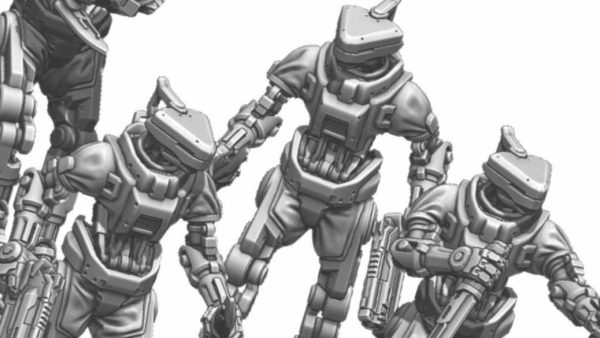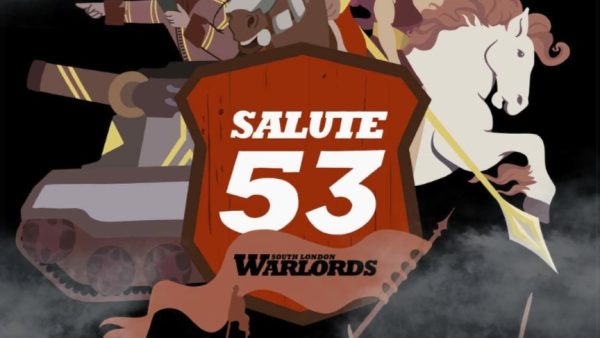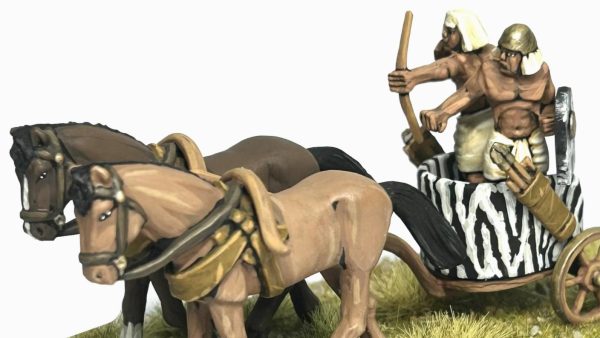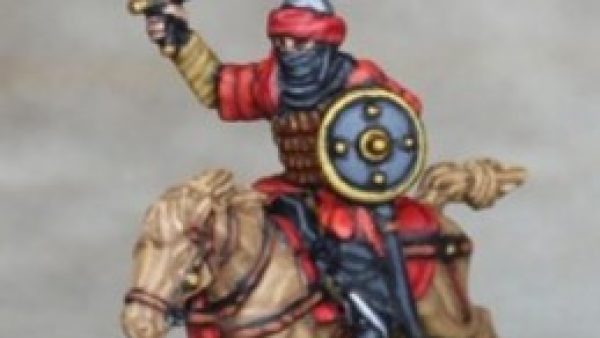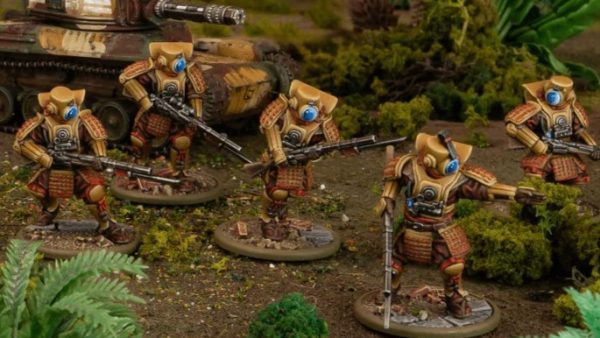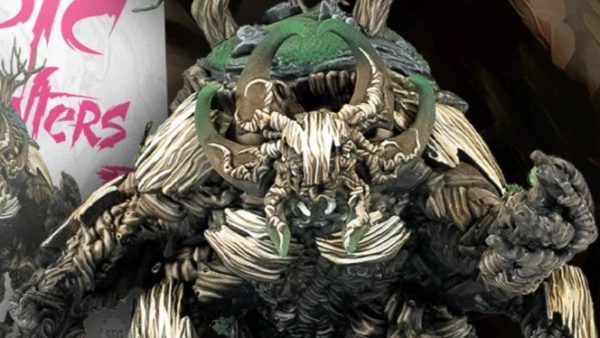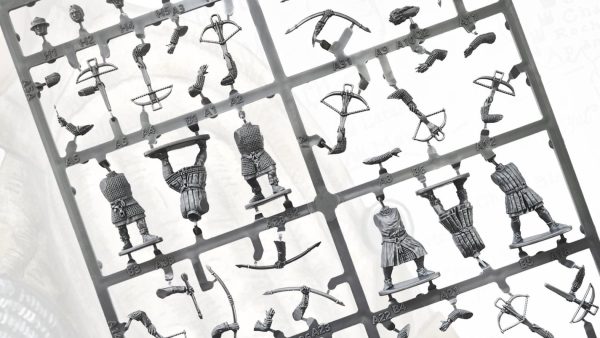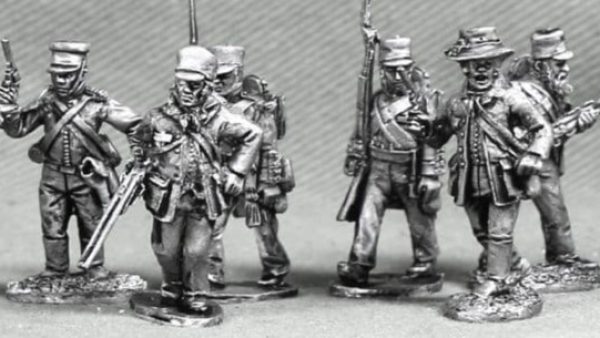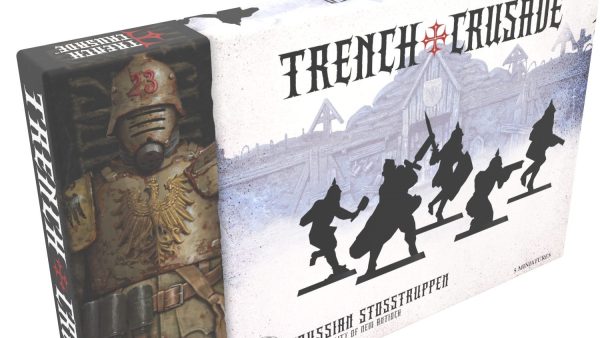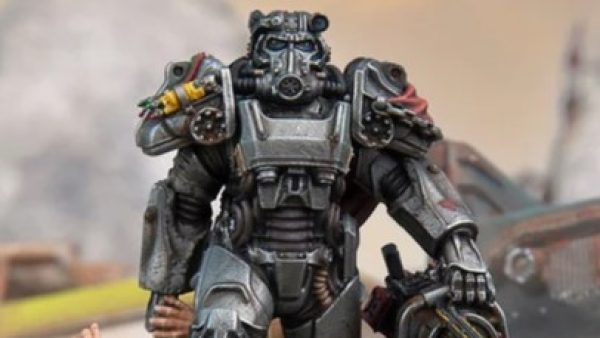
Emergency Miniature Work – 15mm USMC Super Cobra
Recommendations: 1804
About the Project
It's the return of Oriskany's Web Wargames, where we connect with YOU, members of the community, over the web to stage live wargames. This thread will go over the ideas, concept development, design, LIVE PLAYS, and after-action reports for these games, covering all periods and ranges of the historical genre.
For anyone who's ever interested in participating in one of these games, all you need is an internet connection (so software downloads required). Reach out me (Oriskany) on a PM and so we can agree on a time and a system.
Systems so far include multiple iterations of Panzer Leader (1939-2020), Valor & Victory (1918-1993), Naval Command, AirWar C21, Contact Front, and others!
So feel free to toss in ideas, reach out to play, just spectate, or just comment and +1 on the design and after action reports!
Related Genre: Historical
This Project is Active
PanzerBlitz - The Battle of Studzianki (Piotr v. "Oriskany Jim")
@yavasa and @oriskany sit down to review the game of PanzerBlitz they recently played, where Yavasa commanded the forces of Soviet 8th Guards Army and 1st Polish Armored Brigade and Oriskany commanded elements of the “HG” Panzergrenadier Division and 19th Panzer at the Battle of Studzianki, August 1944.
These are just short, <30-minute reviews of large 6-8 hour games, discussed by the two players in retrospect.
Video Replay - Dutch vs. Spanish in Letters of Marque
Here is the video replay of Sunday’s game (live streamed on Twitch, YouTube, and Facebook).
@Rasmus has his Dutch (perhaps of the East India Trading Company) and I have my Spanish War Galleon and escorting sloop.
See what happens when we raise sails and prime the guns!
Live stream for Community Game - Sunday 7PM UK, 2PM US
It’s time to sharpen your cutlass and pour some run, the Sitrep Podcast is running another community game of Letters of Marque, a light naval wargame designed for Naval Combat the Age of Piracy.
This is in response to our recent Facebook poll where our community cast the most votes for pirate-related content. While others on our team gear up for miniatures and terrain tables, I’m getting the ball rolling with some community wargaming in this fun and interesting period.
This will be a live game with members of the Sitrep Team and the Sitrep / OTT community, sure to be a blast!
We hope to see some of you there!
Community game, Gaz v. Rasmus in "Letters of Marque"
Here is a video replay of last week’s live community game of Letters of Marque, where Rasmus’ pirates challenged the Royal Navy’s supremacy of the Caribbean, under the flag of Commodore Gaz.
A highlight reel of this video should be edited and presented by the end of this week.
Meanwhile, if you’re ever interested in trying out a wargame with members of the OTT community and Sitrep Podcast team, please leave a comment and we’ll get something scheduled.
First test run of "Letters of Marque"
In preparation for today’s live stream, @gladesrunner and I undertook the first test run of the Letters of Marque system last night. We hit just a few questions, but referred to the rules and resolved them. I think things are much smoother now and we’re ready for a great stream.
The game ran 90 minutes and 14 turns, but that was in the course of both of us learning the system.
The scenario was a small one, 8 points.
I played the British with a frigate (6 points) and a pinnace (2 points).
Jenn played the Pirates with two barques at 4 points each.
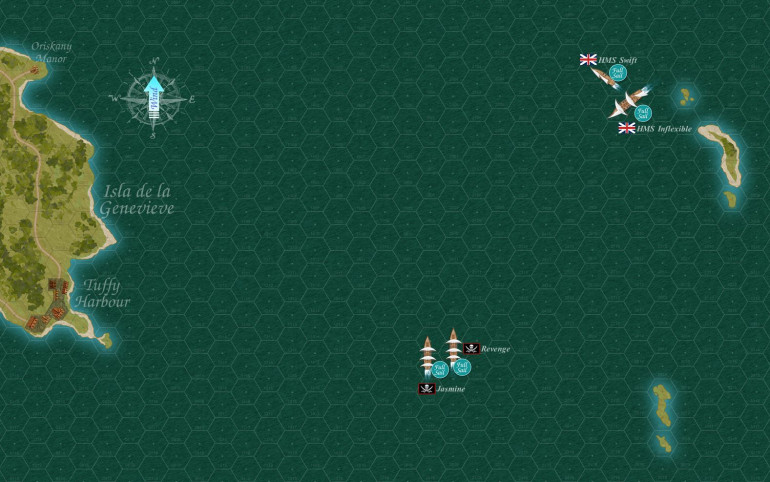 Okay, you start with your stern within two hexes of the map edge. My King's ships (or perhaps Queen Anne, given the period), start at the top. Jenn's villainous pirates cower from the might and justice of Empire in the south. We both have set full sails (faster, but more vulnerable). The wind starts off in a random d6 direction, and for now it is southerly. Bad news for me, the pirates have the wind at their backs. Movement will be much easier for them at least for now. To mitigate this, I have set up on the far east of the table, so I can tack into the wind with alternating oblique angles. I feel the game does a good job at approximating "real" sailing dynamics while not bogging the system with too much detail.
Okay, you start with your stern within two hexes of the map edge. My King's ships (or perhaps Queen Anne, given the period), start at the top. Jenn's villainous pirates cower from the might and justice of Empire in the south. We both have set full sails (faster, but more vulnerable). The wind starts off in a random d6 direction, and for now it is southerly. Bad news for me, the pirates have the wind at their backs. Movement will be much easier for them at least for now. To mitigate this, I have set up on the far east of the table, so I can tack into the wind with alternating oblique angles. I feel the game does a good job at approximating "real" sailing dynamics while not bogging the system with too much detail.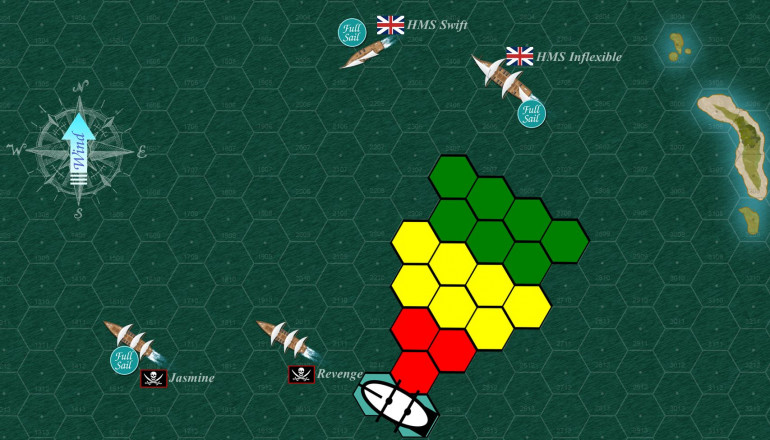 By the end of Turn 2, we're getting closer. The range template is shown for reference. Still too far away. Note one of Jenn's pirates, has taken down full sail. Now only at half sail, her sails are less vulnerable. I have no choice but to leave mine up, tacking back and forth into the wind to try and close the distance.
By the end of Turn 2, we're getting closer. The range template is shown for reference. Still too far away. Note one of Jenn's pirates, has taken down full sail. Now only at half sail, her sails are less vulnerable. I have no choice but to leave mine up, tacking back and forth into the wind to try and close the distance. 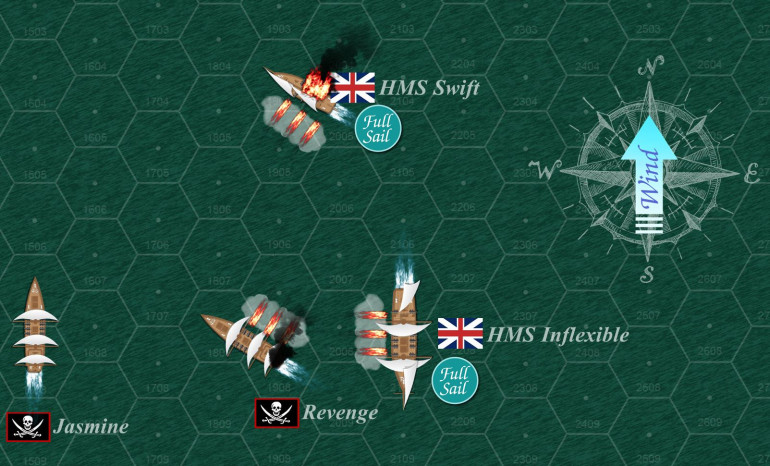 First fire! With her first salvo, Jenn's pirate ship "Revenge" clips the mast clean off the little pinnace HMS Swift. She only HAS one mast, so she's literally crippled for the rest of the game. That was fast. The Royal Navy frigate HMS Inflexible cuts behind Revenge "Darkstar Style" and broadsides into her stern. I knock out one sail and some guns.
First fire! With her first salvo, Jenn's pirate ship "Revenge" clips the mast clean off the little pinnace HMS Swift. She only HAS one mast, so she's literally crippled for the rest of the game. That was fast. The Royal Navy frigate HMS Inflexible cuts behind Revenge "Darkstar Style" and broadsides into her stern. I knock out one sail and some guns.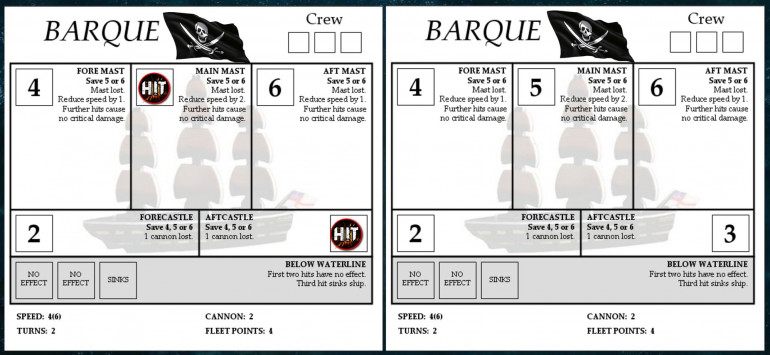 Here are the ships sheets for Jenn's two pirate barques. You can see where I've clipped the mainmast off the first one, and knocked out her aft guns with a salvo through the aft castle.
Here are the ships sheets for Jenn's two pirate barques. You can see where I've clipped the mainmast off the first one, and knocked out her aft guns with a salvo through the aft castle.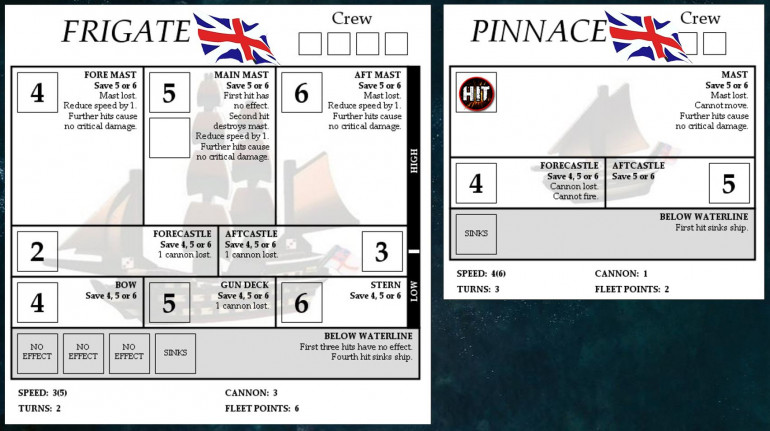 Here are my frigate and pinnace. WIth that single "6" result, Jenn has shorn off the pinnace's one and only mast. I might tweak the design of these sheets later, making the text bigger and easier to read.
Here are my frigate and pinnace. WIth that single "6" result, Jenn has shorn off the pinnace's one and only mast. I might tweak the design of these sheets later, making the text bigger and easier to read.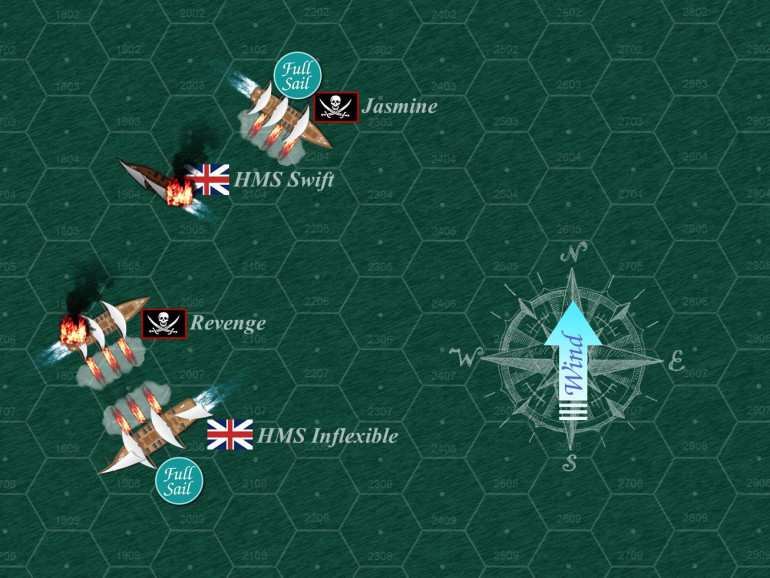 Turn 5, and things are getting serious. The pinnace HMS Swift is sinking, in this game it remains on the table a certain amount of time for navigational and LOS purposes.
Turn 5, and things are getting serious. The pinnace HMS Swift is sinking, in this game it remains on the table a certain amount of time for navigational and LOS purposes.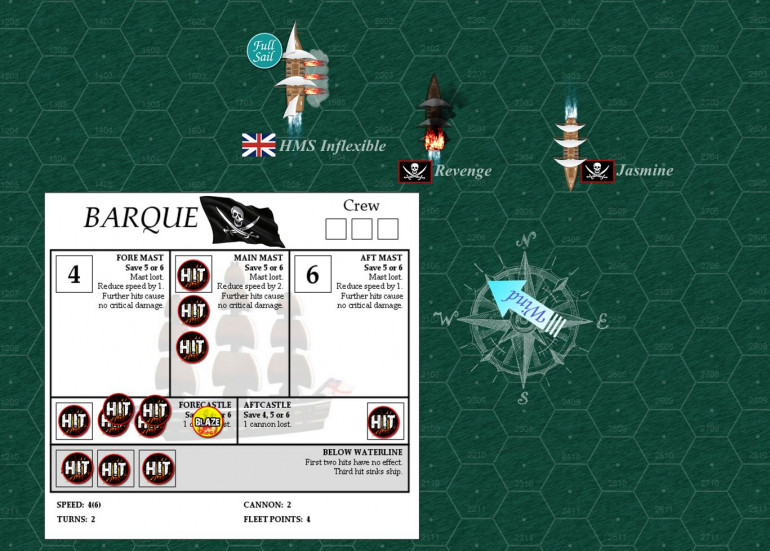 By the end of Turn 10, Inflexible FINALLY manages to sink pirate ship "Revenge." At the time of her sinking she had lost ALL guns, her fo'c'sle is basically a splintered wreck .... make that a BURNING splintered wreck now that I've set a fire in that section. Critical hits (successive hits on ships areas that have already taken "critical damage") have led to hull breaches, finally flooding the lower decks and sending this plague of the Caribbean to the bottom.
By the end of Turn 10, Inflexible FINALLY manages to sink pirate ship "Revenge." At the time of her sinking she had lost ALL guns, her fo'c'sle is basically a splintered wreck .... make that a BURNING splintered wreck now that I've set a fire in that section. Critical hits (successive hits on ships areas that have already taken "critical damage") have led to hull breaches, finally flooding the lower decks and sending this plague of the Caribbean to the bottom. 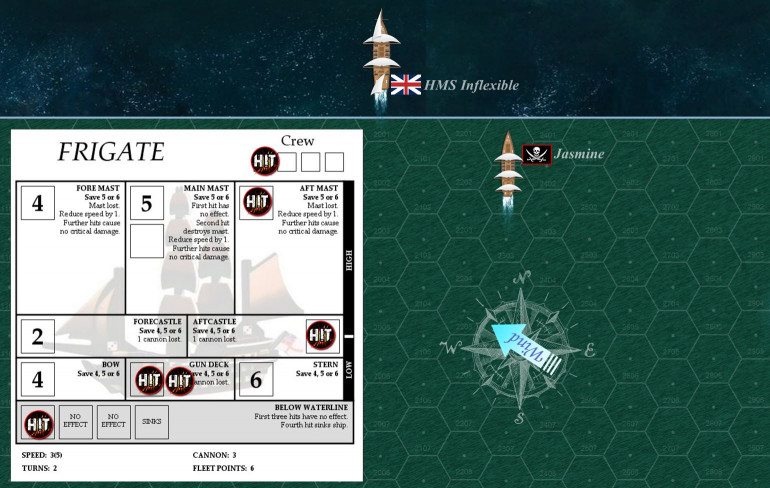 The end of Turn 14. Okay, my HMS Inflexible and the remaining pirate barque Jasmine have been trading blows for a while. I'm bigger than she is, but I've now lost two of the three gun batteries, and my aft mast (reducing speed by one). The Jasmine's lost one of her two gun batteries, and her foremast and aft mast, leaving with a speed of 2. So we're equal in guns, but U can outsail her slightly. I was just starting of thinking about a boarding, but a shot from Jasmine scored a crit and inflicted crew casualties on my Frigate. Without a numerical edge in crew, I decide not to board (defenders against boarders have a lot of advantages). So decide to break off the engagement and take the win (having sunk a 4-point barque in exchange for a 2-point pinnace). I maneuver to get the wind on my starboard quarter and get off the northern edge of the table.
The end of Turn 14. Okay, my HMS Inflexible and the remaining pirate barque Jasmine have been trading blows for a while. I'm bigger than she is, but I've now lost two of the three gun batteries, and my aft mast (reducing speed by one). The Jasmine's lost one of her two gun batteries, and her foremast and aft mast, leaving with a speed of 2. So we're equal in guns, but U can outsail her slightly. I was just starting of thinking about a boarding, but a shot from Jasmine scored a crit and inflicted crew casualties on my Frigate. Without a numerical edge in crew, I decide not to board (defenders against boarders have a lot of advantages). So decide to break off the engagement and take the win (having sunk a 4-point barque in exchange for a 2-point pinnace). I maneuver to get the wind on my starboard quarter and get off the northern edge of the table.Live Stream for LETTERS OF MARQUE - Age of Piracy
The Sitrep Podcast is taking a turn toward the argghh! with Letters of Marque, a light naval wargame designed for the Age of Piracy.
This is in response to our recent Facebook poll where our community cast the most votes for pirate-related content. While others on our team gear up for miniatures and terrain tables, I’m getting the ball rolling with some community wargaming in this fun and interesting period.
This will be a live game with members of the Sitrep Team and the Sitrep / OTT community, sure to be a blast!
Now, the rules don’t say we have to be drinking rum while playing …
howwww-ever …
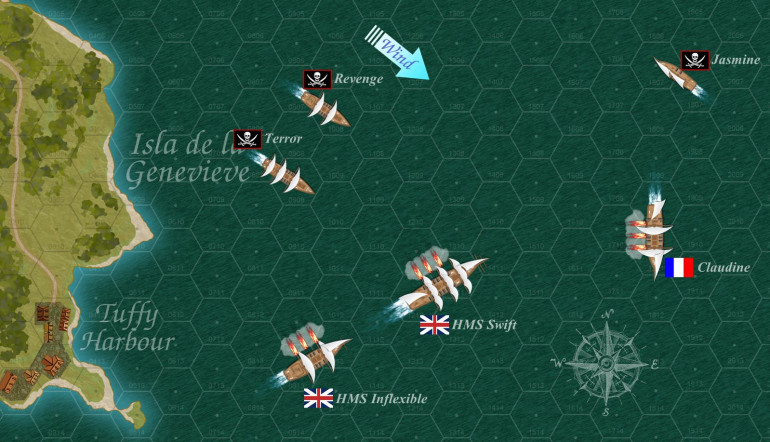 There are six ship types in this game. From biggest to smallest, they are War Galleon, Frigate, Merchantman, Barque, Sloop, and Pinnace. We have virtual playing pieces for all types, as well as ship sheets (relax, nowhere near as involved as Darkstar), a map, game function pieces, etc. Simplified mechanics for real-life sailing and wind are included, as well as crew casualties, fire, loss of sails, boarding, etc. This is a fun, LIGHT game (Dennis Ugolini, designer) which I hope will adopt well for virtual community play.
There are six ship types in this game. From biggest to smallest, they are War Galleon, Frigate, Merchantman, Barque, Sloop, and Pinnace. We have virtual playing pieces for all types, as well as ship sheets (relax, nowhere near as involved as Darkstar), a map, game function pieces, etc. Simplified mechanics for real-life sailing and wind are included, as well as crew casualties, fire, loss of sails, boarding, etc. This is a fun, LIGHT game (Dennis Ugolini, designer) which I hope will adopt well for virtual community play.Sitrep Gaming Stream 12 - 1967 Six Day War
For those of you who may still be awake … 🙂 … Sitrep will be streaming some gaming for the 1967 Six-Day War between Israeli and Egypt, June 6, 1967.
7PM ET US – Midnight UK Time
We hope to see some of you there.
If not, sleep well!
The Sitrep Cup Championship Live Stream!
Tomorrow at 11AM Central, 12 Noon East US, and 5PM UK time, we’ll be hosting the first edition of the SITREP CUP, a championship live game streamed for the community.
Gianna and Marty will be playing the Patriot Rebels, and Gaz will be playing the British regulars in a game of Battlefield: Revolution.
The Sitrep Cup is an award that’s being inaugurated for the current champion of our online community gaming. The reigning champion gets all trash-talking rights until he or she is dethroned by the next intrepid challenger!
So stop by our live stream tomorrow and see who comes out on top! Root for your favorite player or your favorite faction!
God Save the King? Liberty or Death? We’ll find out tomorrow which prevails.





























